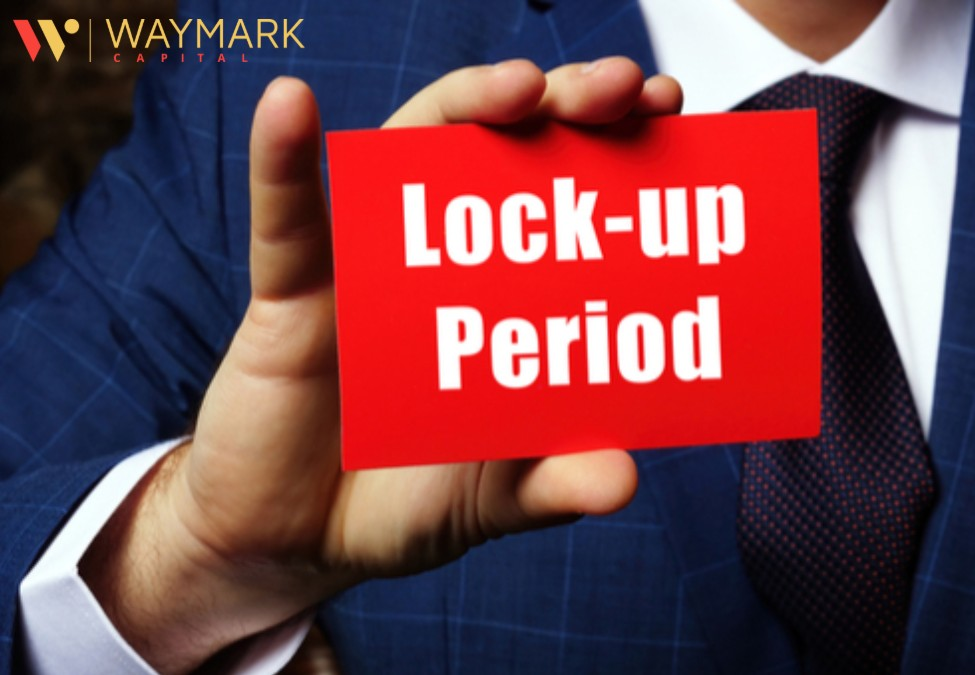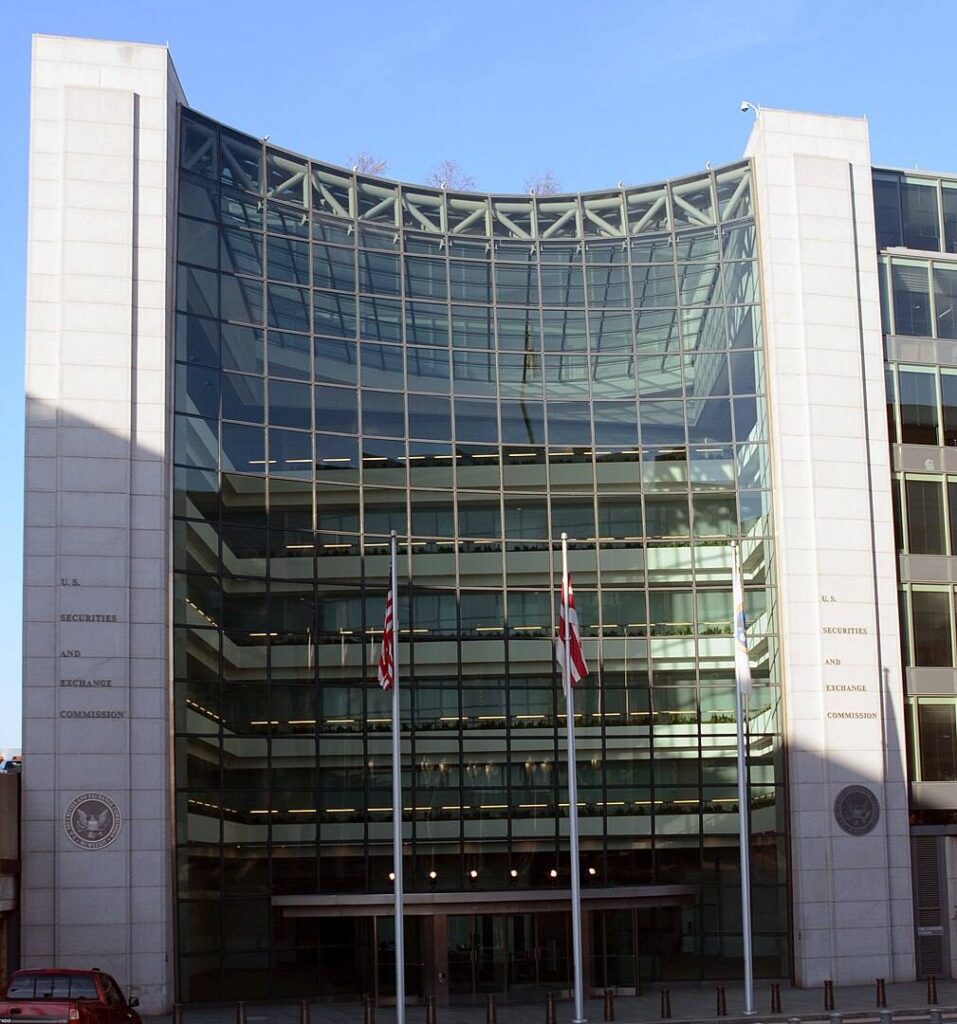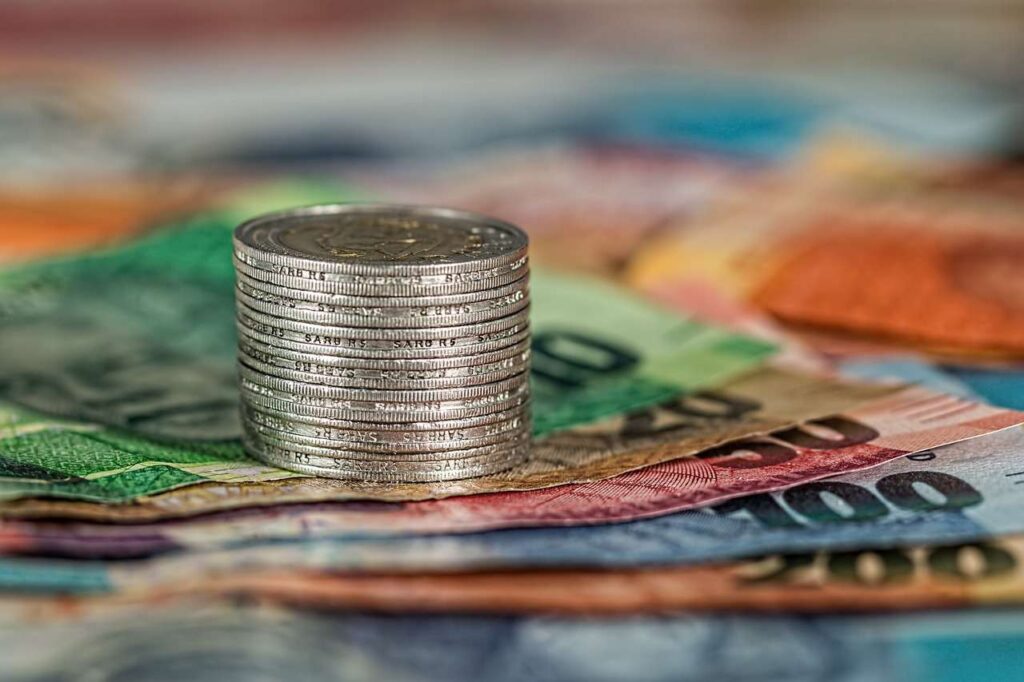
4 April 2022
An IPO lockup period is vital for speculators who want to invest in a firm ready to go public. If the IPO investors decide to cash out, they must sell their shares in order to make a profit.
However, things do not always move this fast. Following an IPO, many companies opt to tie up their stock via a lockup period to prevent investors from selling their stock too quickly.
So what is a lockup period? The term ‘lockup period’ refers to a period after a company’s IPO (initial public offering) when big shareholders are barred from selling their shares.
Company insiders and early investors are unable to sell their shares during the IPO (initial public offering) lockup period, which helps to guarantee a smooth IPO and avoid flooding the market with more shares available for sale.
The lockup waiting period varies depending on the circumstances, but it is usually 180 days. Investors should also be aware that the lockup period for SPAC (special purpose acquisition company) IPOs is often longer. SPAC IPO lockups generally span 180 days to a year.
In this review, we will explore the IPO lock-up agreement in more detail, including the reasons for its existence, what it means for investors and even a real-world scenario of the same.
No, since regulatory agencies such as the SEC have never imposed lockup periods, although these periods have been long regarded as a good-faith gesture to outsiders. Also, they have assisted some public market shareholders organize their stock investments.

Following a typical lockup, a company’s shares often decline in price as primary investors offload their shares in large numbers, increasing the quantity of available shares.
After the IPO date, you can sell the company’s IPO shares. The company’s listing date is between ten and twelve days following its IPO (initial public offering). After the shares have been transferred to your dematerialization account, you can sell them. What’s more, you can place a limit order to sell a specific number of shares at a specific price.
If the IPO opened at a premium, it would be perfect, allowing you to profit handsomely. If it opens at a discounted rate, you will lose money if you sell your shares. To avoid this, you should conduct research on the firm before subscribing to its IPO.
However, earnings from shares held for less than a year from the acquisition date are taxed as regular income, which is more compared to the long-term capital gains rate. Of course, even if you own shares for a longer period, any profits you generate will be subject to taxes.
As an individual investor, unless you work for the firm with the IPO and got shares as compensation, you are unlikely to be restricted from trading your shares during a lockup period. But, a company’s lockup term might have an impact on you in the long run.
Often, a company’s stock price drops at the expiration of a lockup period. As a result, the SEC (Securities and Exchange Commission) advises investors to look into a company’s lockup period prior to making investments.
If the firm is still in a lockup period, you might want to hold off on investing until it is over. This will allow you to profit from a prospective price drop and prevent you from losing money by buying a stock that depreciates in value.
If we’re talking about the shares purchased in an IPO (initial public offering), you can sell them as soon as they’re listed on a stock exchange. This is because IPO shares are typically listed on the market based on their market exchange price.
However, you might want to wait until the stock is launched on the market. Many experts feel that an IPO performs better on a listing day than during previous trading sessions. But this will be contingent on the date of the stock’s first public offering.
In certain instances, an IPO listing performs better on the first day of trading than it does after two or three years on the market. As a result, you must accurately time your sell order.
If you time the order accurately on a listing day, you will benefit from it. The price increase is due to retail investors who missed out on the IPO (initial public offering) hurrying to buy the stock as quickly as possible.
For buyers, information and thinking about the IPO lockup length is essential while comparing investment strategies. Here are some techniques and considerations associated with the IPO lockup duration:
The lockup duration period can vary however is typically between 90 to hundred and eighty days after the IPO. It’s important to recognise the specific lockup duration for an enterprise earlier than making any investment decisions.
Keep song of the expiration date of the lockup period for companies you are interested in. As the lockup expiration date procedures, there may be accelerated volatility and trading interest, probably impacting the inventory fee.
After the lockup period ends, there may be a surge in selling hobbies by means of insiders seeking to monetize their holdings. This inflow of stocks into the marketplace can result in rate volatility. Consider whether you are comfortable with capability price fluctuations or in case you prefer to wait until after the lockup period before making an investment.
Take notice of how insiders and early traders behave after the lockup length expires. If they hold onto their stocks, it is able to be visible as an effective sign of self-assurance in the enterprise. Conversely, if there’s a sizeable sell-off, it might be well worth investigating the motives behind it.
If you intend to put money into IPOs, recollect diversifying your portfolio to unfold the threat. IPO investments can be risky, and now not all organizations will perform nicely after going public. Diversification facilitates mitigating the effect of capability losses from character IPO investments.
Decide whether or not you are searching out brief-term gains or long-term increases. IPO lockup periods are more applicable for quick-term traders as they are able to create fluctuations around the expiration date. Long-time period traders might not be as laid low with those transient rate swings.
Always behavior thorough studies on the agency going public. Analyze its enterprise version, financials, boom potentialities, competitive landscape, and management crew. The lockup period is just one factor amongst many that need to have an impact on your funding choice.
If you’re unsure approximately navigating IPOs and lockup durations, recollect consulting with a qualified financial guide. They let you make knowledgeable selections primarily based on your economic goals, threat tolerance, and funding method.

Overall purchasing IPO shares is very demanding. You are barred from selling or purchasing IPO shares for at least six months if you are an employee. This period of time is what’s known as the lockup, and it’s especially handy in preventing staff from exhausting the shares.
The proprietors can sell their shares to the general public when the lockout period ends. However, after the IPO trading has commenced, it may be purchased by companies or individuals in the same way that other stocks can.
Before joining the stock market, the private company that issues the IPO must complete a series of steps, including selecting an investment bank to provide underwriting services, determining the offering price, and the list of shares to sell.
Twenty-five days after the IPO, changes to market competition begin. It is easier to acquire a large number of stocks on the first day after the commencement of IPO trading. Purchasing equities shortly after the IPO issuance carries low risks.
It is crucial to evaluate the company’s business model before purchasing an IPO stock. A significant factor to evaluate is whether the company is profitable on a constant basis or at least has the potential to do so. Overall for major investors, it’s several days after the IPO (initial public offering), and for small investors, it’s at least 150 days or five months after the IPO.
IPO lockup periods allow new shares to stabilize on the market without fear of investor pressure. This time frame allows the shares to move between supply and demand freely. Liquidity may be poor at first, but it will improve with time.
A firm and its underwriters can use the lockup period to boost the IPO price of shares. During the IPO, shares held by the bank or stockholders can be sold, but shares owned by company insiders such as pioneers, directors, and others are restricted by a lockup period.
Lockup periods can also help prevent the perception that individuals closest to the firm are pessimistic about its potential. Insiders often just want to cash in on long-awaited riches. However, this may lead to erroneous views that harm the firm for no good reason.
The primary goal of an IPO lockup period is to prevent investors from flooding the market with a large number of shares, causing the stock price to crash. Compared to the general public, public company insiders own a large amount of stock.
With a more considerable stock volume, it means that when they sell them, this action can have an immediate impact on the share price once the firm becomes public.
A lockup period is a time after an initial public offering during which business insiders, investors, or staff are unable to sell or exchange their shares. This takes place when a firm issues its first public shares.
If the firm is still in a lockup period, you might want to hold off on investing until it is over. Not only can you profit from a prospective price drop, but you can also avoid losing money by owning a stock that plummets.
Any investor or staff who wants to cash out early wants the lockup periods to be as brief as possible. On the other hand, underwriting banks would like a lengthier IPO lockup period to prevent insiders from causing a share price collapse.
In most cases, the company is caught in the crosshairs. On one side, they want to ensure that investors are satisfied with their earnings, but they also don’t want to give the impression that insiders aren’t confident in the company.
Keep in mind that the SEC and other regulatory agencies do not require lockup periods. Instead, lockup periods are either self-imposed or mandated by the bank backing the IPO proposal.
The objective is the same in either case: to keep a firm’s stock price high once it goes public. The public can learn more about a company’s lockup period via its S-1 prospectus with the SEC. Any adjustments to the lockup period will be communicated in subsequent S-1 filings.

Many investment gurus advise investors to hold off on backing newly listed firms until the lockup period has lapsed. New stocks might just keep going up in certain bull markets, but the market isn’t always kind to IPOs. When insiders liquidate their shares at the culmination of the lockup period, new stocks typically decline in price in less positive markets.
Investors can then come in and get discounted shares of the relatively new firm. Insiders with significant shares in the firm have a better chance of securing a good deal this way.
Investors have more time to examine the stock’s performance if they wait for the lockup period to conclude. It might still be a solid investment if the stock was performing well before the lockup period ended.
In the options market, the IPO lockup period has several intriguing effects. On the day of the IPO, no options are available. However, before the IPO lockup period expiration date, they typically become available for large and even mid-sized firms.
If institutional investors are concerned about the stock’s possible collapse after the lockup period expires, they can purchase protective puts to shield them from volatility. Depending on how they believe the share price will move, investors can decide to purchase calls or puts.
Meta (Facebook) is perhaps the best real-world example of an IPO lockup. After its May 2012 IPO (initial public offering) in Wall Street, New Work, the lockup barred the sale of over 260 million shares during the company’s first 90 days of public ownership.
The day after its initial lockup period ended, Meta’s stock price plunged to $19.69 per share. That’s nearly 50% less compared to when Meta (Facebook) went public in Nasdaq.
However, in 2013, Meta (Facebook) enforced overly strict controls, barring the selling of an additional 1.66 billion shares. Due to Meta’s unusual lockup strategy, insider shares were unlocked over five different dates.
To sum it all up, by establishing proper lockups, not only can investors be protected, but the company as well. But, keep in mind that individual investors are exempt from lockup periods. They only apply to company insiders such as owners, directors, staff and venture capitalists.
Image Credit: